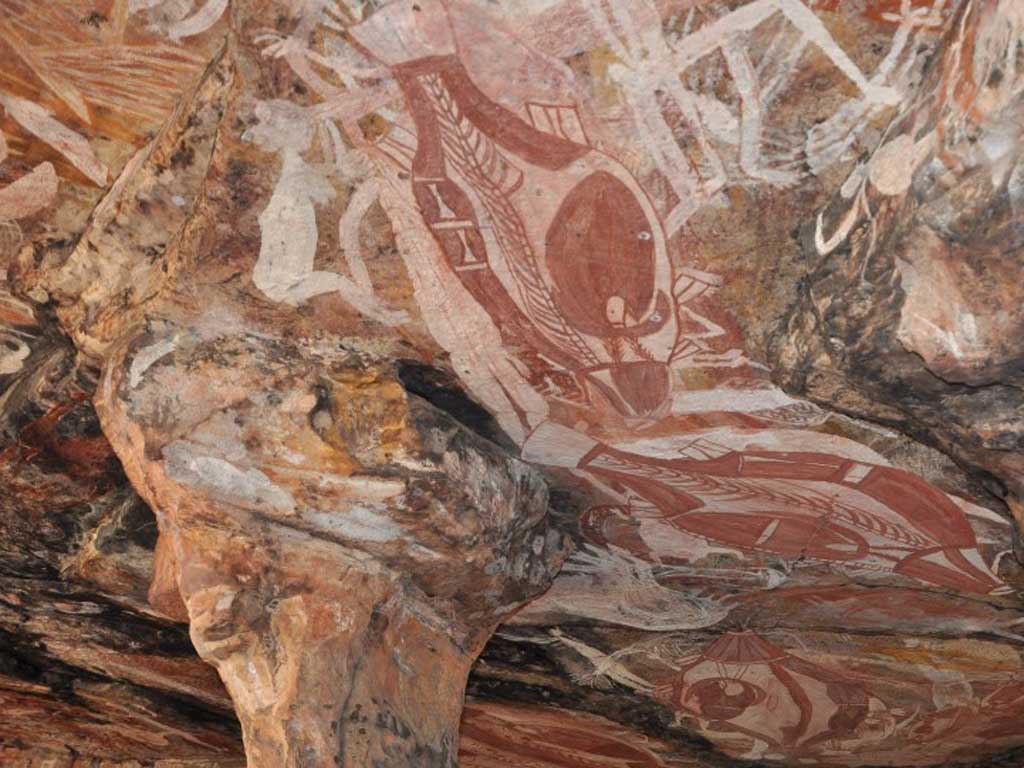
Archaeologists have long known that Australia is home to some of the world's most outstanding and abundant rock art. Now, a chance discovery has revealed that the art is also among the world's oldest – and that when it was created, Aborigines were among the most advanced modern humans.
The discovery was made by Bryce Barker, a member of an international team excavating a remote site in the Arnhem Land region of the Northern Territory.
Examining a sliver of granite, which he had dug up months earlier, Professor Barker noticed it contained finely drawn charcoal lines that were subsequently carbon-dated to 28,000 years ago – making it more than 10,000 years older than the country's previously oldest-known art. The team has already found evidence that the site – a massive rock shelter accessible only by helicopter – was occupied 45,000 years ago.
Professor Barker, from the University of Southern Queensland, believes he and his colleagues will uncover art dating back that far, which would be the world's oldest – surpassing even the cave paintings of El Castillo in northern Spain, recently redated at 40,800 years old.
The drawing – believed to be part of a "dynamic figure", the oldest known type of rock art in Arnhem Land – also demonstrates that, contrary to popular perception, Aborigines of that era were far from primitive, he said. The archaeologists have found a 35,000-year-old edge-ground axe, a stone tool not developed elsewhere in the world until much later, at the site. "When you put that together with the art and Aborigines' early use of watercraft, you're looking at some of the major first developments in modern human behaviour," Professor Barker said.
The ceiling of the shelter adorned with paintings in the Arnhem Land region of Australia's Northern Territory dates back to 28,000 years ago
Subscribe to Independent Premium to bookmark this article
Want to bookmark your favourite articles and stories to read or reference later? Start your Independent Premium subscription today.

Join our commenting forum
Join thought-provoking conversations, follow other Independent readers and see their replies